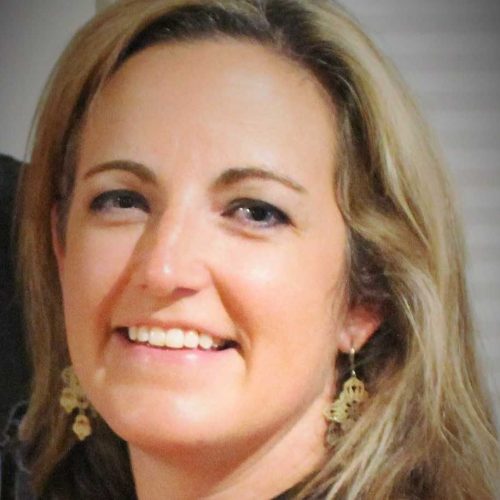While states and school districts are focused on trying to bring students back into the classroom, it’s safe to say that the COVID-19 pandemic has affected nearly every aspect of our education system, including how to properly evaluate teachers in the classroom—or in a Zoom setting.
As part of NCTQ’s ongoing research on COVID-19 related education policies, our latest installment tracks how states will proceed with evaluating teachers for the 2020-2021 school year. This analysis examines topics such as whether summative evaluations will be required, whether states that required objective measures of student growth prior to the pandemic will continue to require them this year, and whether any modifications have been made to the measure of professional practice.
As of mid-October, nearly half of all states have released plans regarding teacher evaluation for the 2020-2021 school year. Although state guidance varies to a certain degree, there are some overall trends worth noting.
Of the 24 states that have released guidance thus far, 21 are still requiring summative evaluations for all teachers.1
Of those states that have released guidance, 19 of those states required objective measures of student growth pre-pandemic, but nine of them have suspended the use of such measures for this school year. Others have modified requirements around what constitutes measures of student growth.
New Jersey is one such state. Because statewide student assessments were canceled in spring 2020, the state could no longer use “median student growth percentiles” (how much a student improves as measured by a test score from one year to the next and compared to students across the state with a similar academic history). Instead, each teacher’s score will be based mostly on classroom observations (85%) with a small amount (15%) based on “student growth objectives,” which are long-term academic goals for students that are set by teachers at the start of the school year.
Based on state plans so far, 21 out of the 24 states which have announced their plans will require summative evaluations in 2020-2021. All 21 are requiring observations, with many making some modifications.2 Several states—Delaware, Connecticut, Hawaii, Minnesota, New Jersey, and South Carolina—have announced changes in the number of required observations or even what qualifies as an observation.
For example, Delaware is explicitly only requiring two observations for new teachers, as opposed to three times in previous years. Hawaii has offered alternative options to observations, called “artifacts of instructional practice” which includes evidence of teacher and student actions, organized by each of the five focus components.
More commonly, states are releasing best practices regarding observations for virtual teaching, with some scaling back the number of observable criteria. Delaware has narrowed the criteria to be measured from 18 to 10, and Texas released a virtual instruction rubric with modified domains to better fit virtual instruction. Massachusetts identified six focus criteria for observable criteria regarding teacher observations, while Minnesota explicitly allows flexibility in this area.
To see how your state plans to proceed when it comes to teacher evaluations, click here.
If your state has not yet released guidance, please check back often as NCTQ will continue to monitor and release information regarding state policy changes.
More like this

Tracking district teacher policies in the COVID-19 environment
New data & analysis from negotiated agreements on school reopening, PPE, teacher eval, leave, & more.

Leave and health insurance for teachers: safeguards amid COVID-19 worries
In the absence of a federal protection, it becomes the jurisdiction of individual districts to lay out protocols.
Endnotes
- The three states not requiring summative evaluations for 2020-2021 are Illinois, Mississippi, and New Mexico.
- Two states, Colorado and Washington, did not address observations in their evaluation guidance for 2020-2021; however, it is assumed they are still required.

